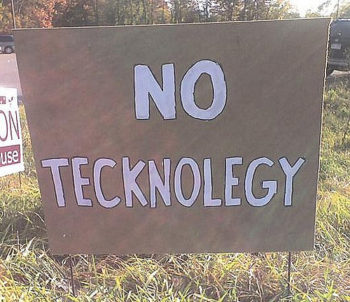
Significant and long‐lasting changes occur when a school’s “policies, practices, culture, and funding” are structured to facilitate the integration of educational technology. The distributed leadership model is a way to continue supporting teacher leaders and implement shifts in teaching strategies. Continue reading PD for Technology Integration: Best Practices




